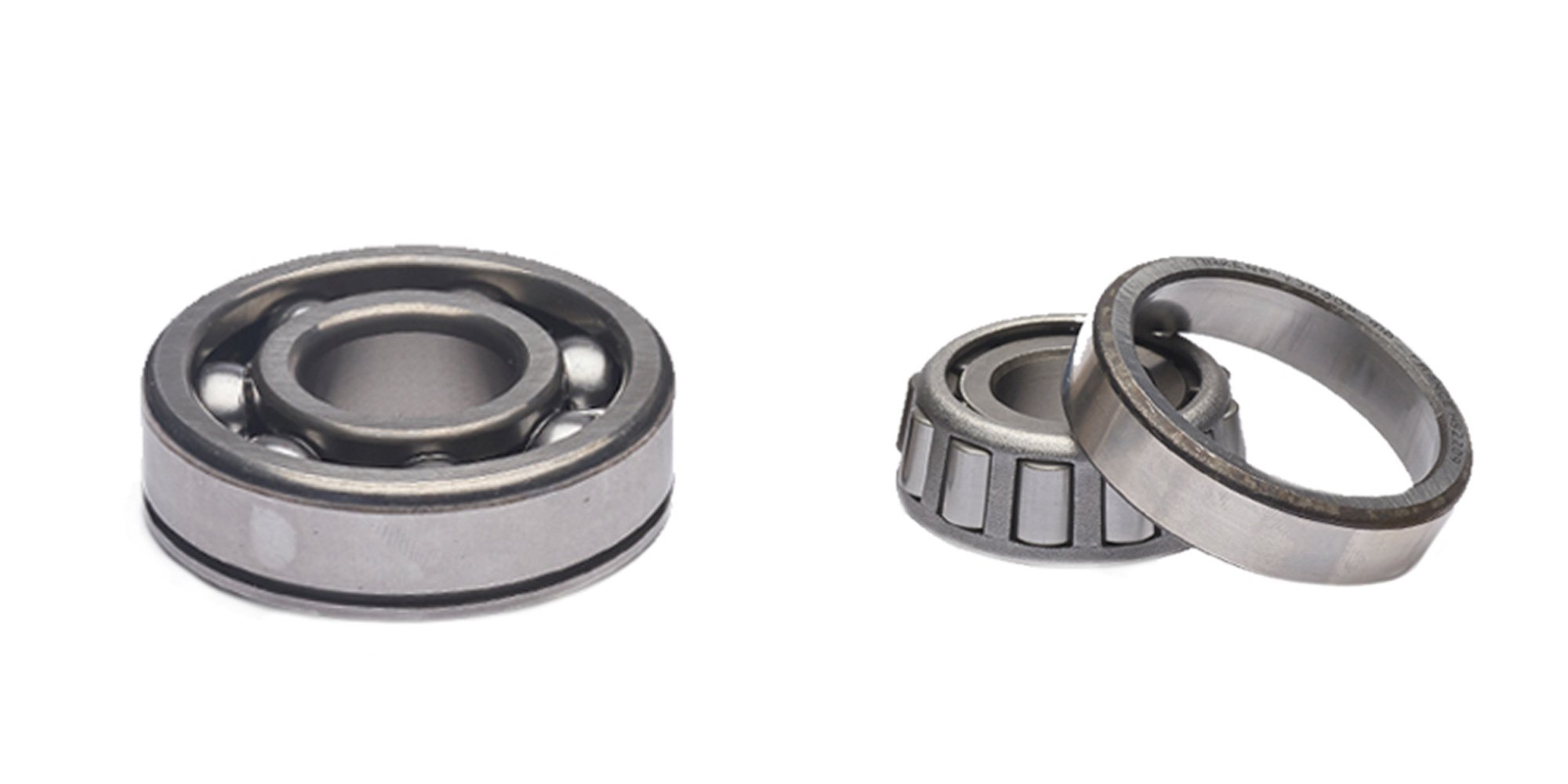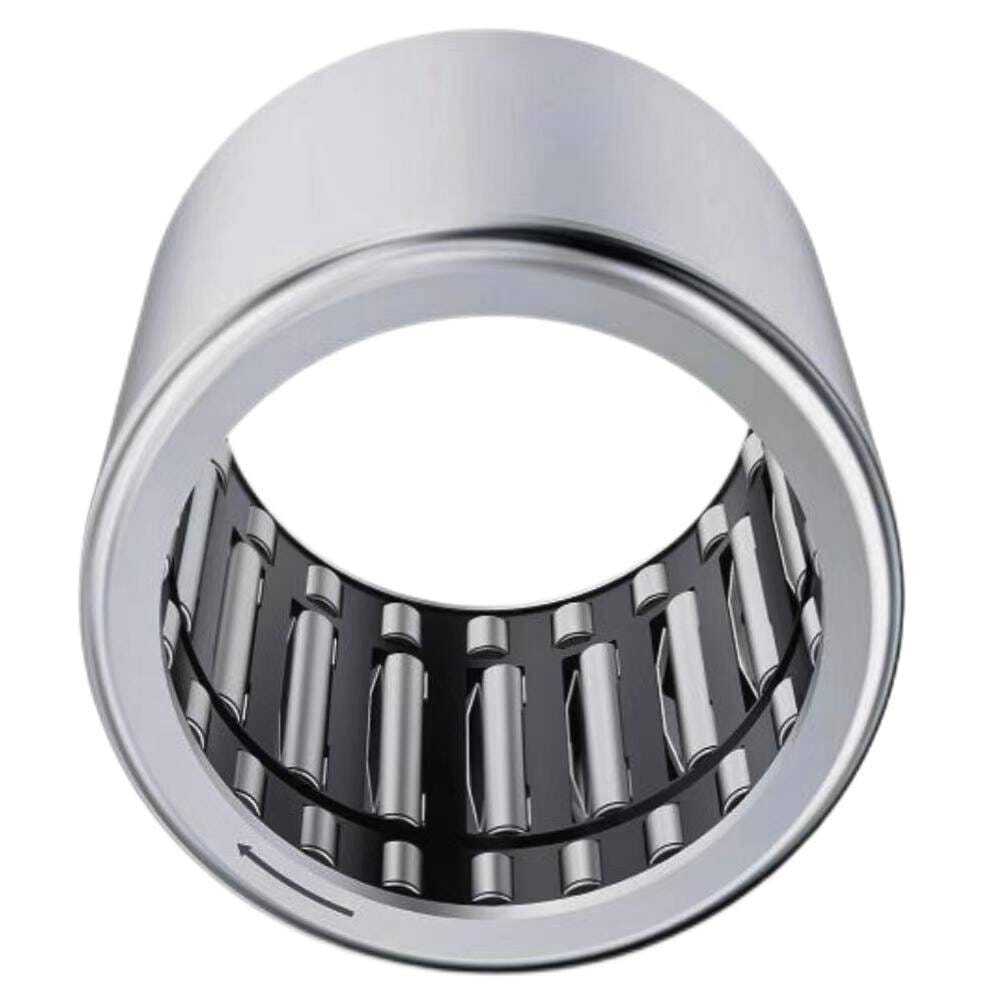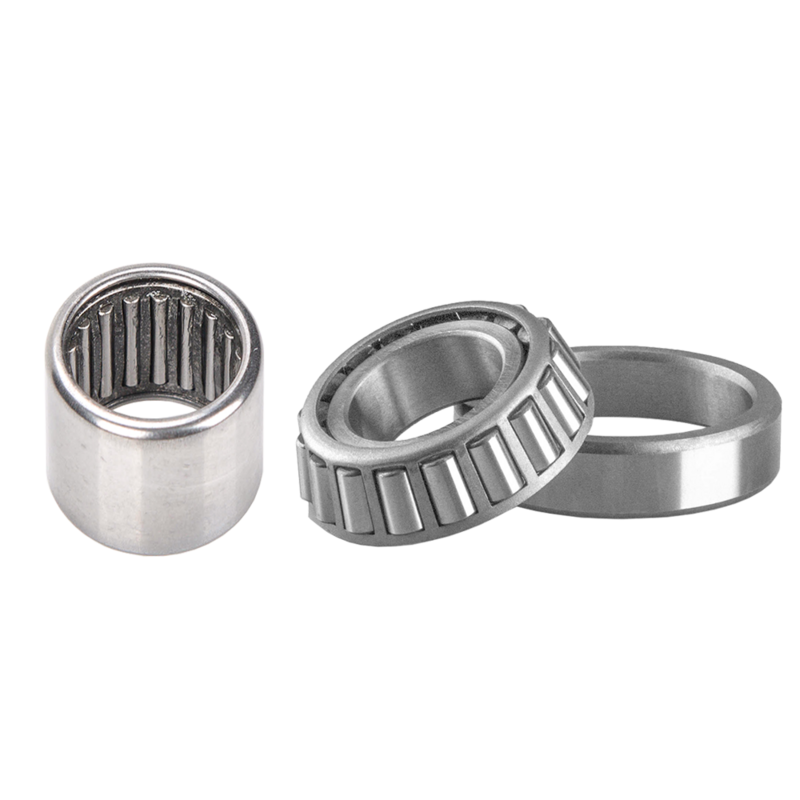What Are Needle Bearings Used For?
Needle bearings are a unique type of rolling-element bearing. They use long, thin cylindrical rollers, offering a high length-to-diameter ratio. ...

Bearings are essential mechanical components used to reduce friction between moving parts.
Among the various types of bearings, needle bearings and ball bearings are two of the most commonly used.
The purpose of this blog is to compare needle bearings and ball bearings.
Needle bearings are a type of cylindrical roller bearing. They are characterized by their long, thin rollers, also known as needle rollers.
These bearings are designed to handle high radial loads while occupying very little space.
The needle-shaped rollers allow for better load distribution over a large surface area. This makes them ideal for applications with limited space.
Unlike other roller bearings, needle roller bearings are highly compact. This makes them an excellent choice for tight, confined spaces where other bearing types might not fit.

The main components of a needle bearing include:
-1.jpg?width=509&height=381&name=%E6%9C%AA%E6%A0%87%E9%A2%98-1_compressed%20(1)-1.jpg)
|
Advantages |
Disadvantages |
|
High load capacity |
Limited axial load capacity |
|
Compact size |
Sensitive to misalignment |
|
Smooth operation |
Requires high-quality lubrication |
|
Cost-effective bearing types for similar applications. |
Less durable |
|
Easy to install |
Noise |
Ball bearings are one of the most widely used types of bearing.
(If you're curious about who invented the ball bearing, here's the answer.)
They consist of spherical rolling elements (balls) that reduce friction between the inner race and the outer race.
Ball bearings are designed to handle both radial and axial loads, making them versatile in a variety of applications.

They are known for their smooth operation and ability to achieve high speeds.
This is why they are used in motors, turbines, and other high-speed machinery.


|
Advantages |
Disadvantages |
|
Low friction |
Limited load capacity |
|
Versatile |
Sensitive to shock loads |
|
Long lifespan |
Needs lubrication |
|
Compact |
Can be noisy |
|
Easy to maintain |
Expensive |
Needle bearings excel at handling high radial loads.
The long, slender rollers of needle bearings provide a larger contact area with the raceways.
This allows them to support heavier loads. In contrast, ball bearings are better for low to moderate radial loads.
They can handle both radial and axial loads. Ball bearings are effective at supporting axial forces. However, they are not as capable of handling high radial loads as needle bearings.
Ball bearings excel in high-speed applications because of their low friction design.
The spherical rolling elements have minimal surface contact, which reduces friction and allows for smoother, faster rotation.
Needle bearings are efficient in handling moderate speeds.
They are especially well-suited for applications that require high radial load support.
Needle bearings’ efficiency decreases at higher speeds because of increased friction between the long rollers and raceways.
Needle bearings require less space compared to ball bearings.
Their section height is much smaller, making them ideal for applications where space is a premium.
Ball bearings are more versatile. However, they require more space because of the larger ball diameter and additional clearance.
Needle bearings can produce more noise than ball bearings. This is because of the greater surface area in contact between the needle rollers and the raceways.
The increased contact area leads to higher friction and more wear, which can generate noise.
In contrast, ball bearings are generally quieter. The spherical rolling elements experience less contact and friction, resulting in smoother, quieter operation.
|
Feature |
Needle Bearings |
Ball Bearings |
|
Shape of Rollers |
Long, thin cylinders (needles). |
Spherical balls. |
|
Load Capacity |
Higher radial load capacity (good for heavy loads). |
Lower load capacity compared to needle bearings. |
|
Size |
Compact and small. |
Usually larger than needle bearings. |
|
Speed |
Good for moderate speeds. |
Can handle higher speeds. |
|
Axial Load |
Not good for axial loads. |
Can handle some axial load, but not ideal for heavy axial forces. |
|
Friction |
Higher friction due to thin rollers. |
Lower friction for smoother movement. |
|
Installation |
Easy to install, but needs precise alignment. |
Easy to install and align. |
|
Durability |
Can wear out quicker under high speeds/loads. |
Lasts longer with good lubrication and care. |
|
Cost |
Typically cheaper. |
Can be more expensive due to more precision needed. |
When deciding between needle bearings and ball bearings, consider the following factors:
The choice between needle bearings and ball bearings depends on your specific application needs.
By understanding the key differences between these bearings, you can make a more informed decision. This will help you choose based on your machine's needs.
If you want to learn more about bearings, you can contact LILY Bearing.

Needle bearings are a unique type of rolling-element bearing. They use long, thin cylindrical rollers, offering a high length-to-diameter ratio. ...

Needle roller bearings are great for saving space while supporting heavy loads. Their small, cylindrical rollers reduce friction, making them perfect...

Rolling-element bearings are primarily classified into ball bearings and roller bearings. The roller bearing category includes cylindrical, tapered, ...